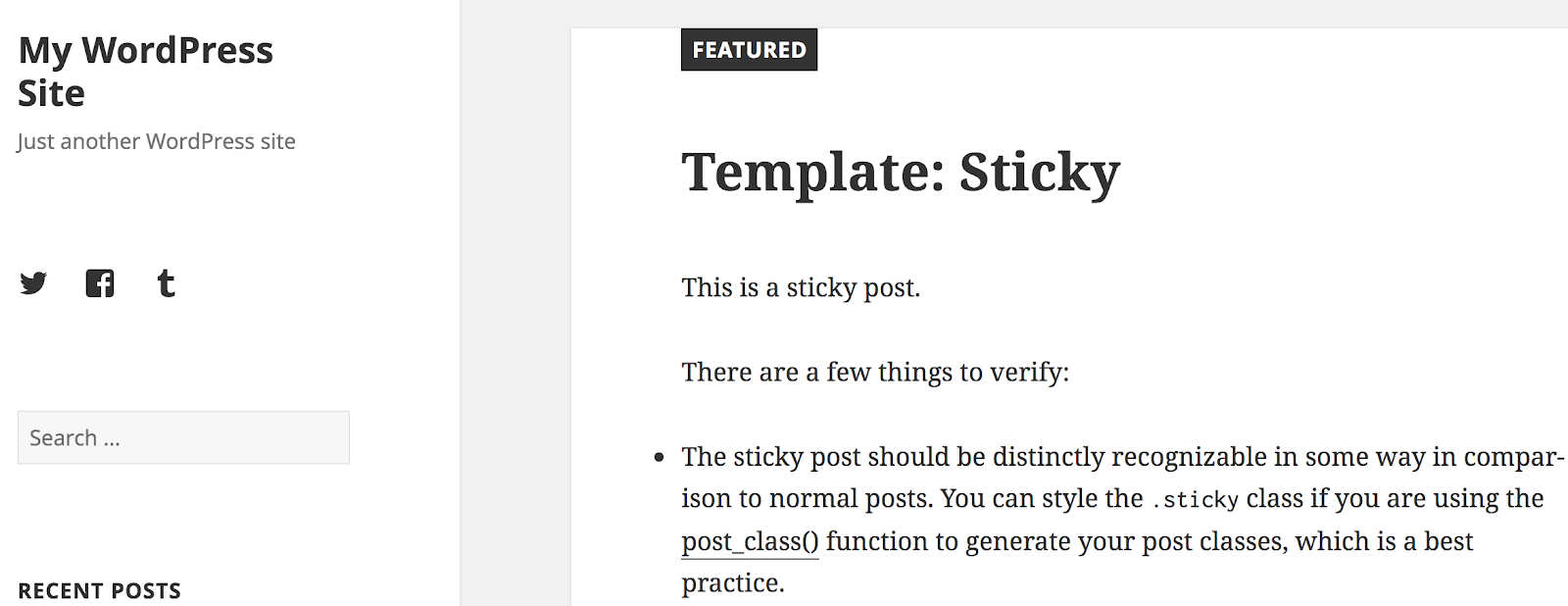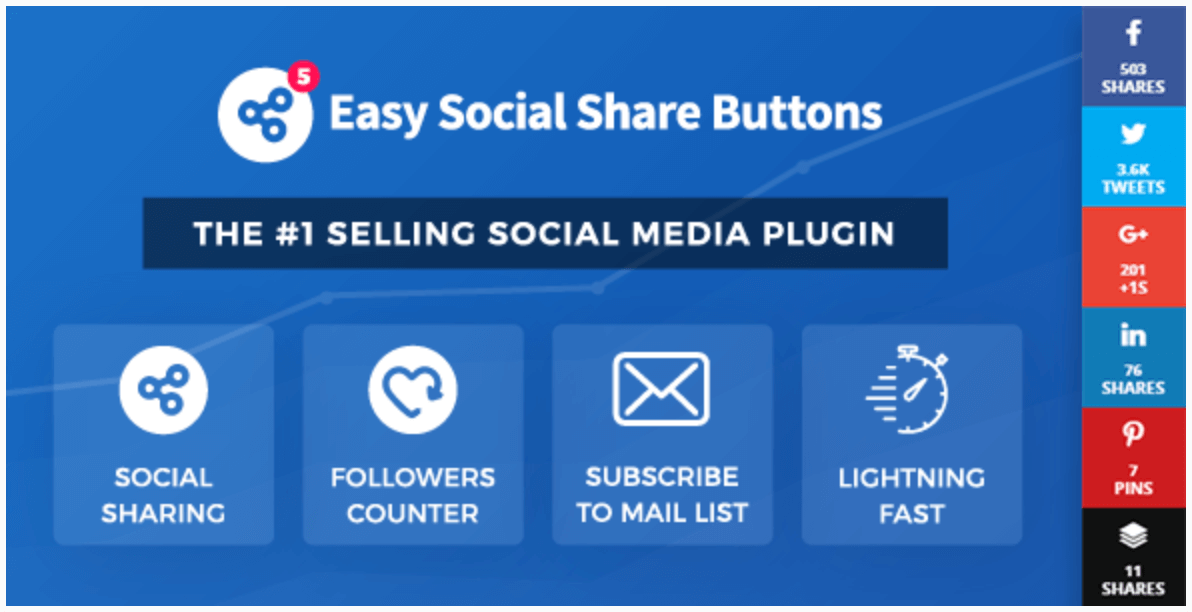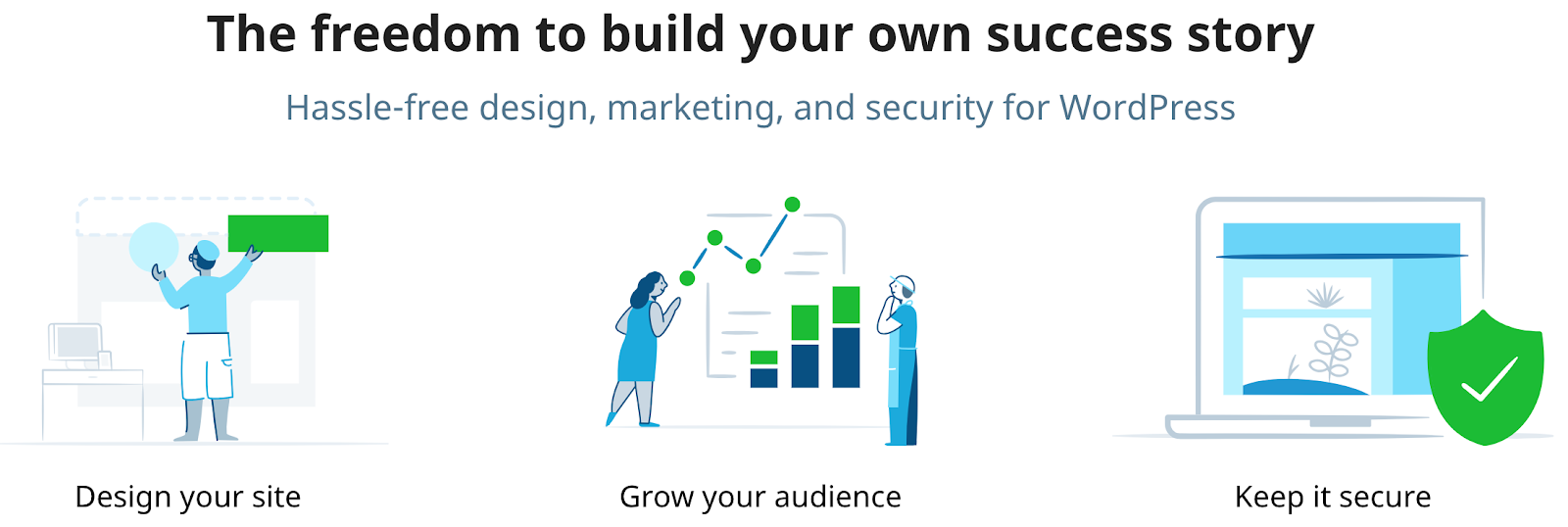How To Add Social Media Icons to Your WordPress Site
Social media is a field that’s exploded over the past decade, to the point where not having a presence online can negatively impact your business. Just running a website isn’t enough – you also need to make sure it’s integrated with your social media accounts.
There’s plenty you can do to lead visitors from your site to your social media channels. However, the best approach for WordPress users is to install a dedicated plugin or two. With thousands of options to choose from – both free and premium – it should be easy to find a solution that suits your needs.
This post will explore how to add social media icons to your website, and will also round up a few plugins that can help you out. Let’s get started!
How to Add Social Media Icons in WordPress’ Header
Before we begin, it’s worth pointing out that you can add social media icons to your website’s header using one of the plugins we’ll talk about later. However, there’s often a much easier way to do this, without requiring you to install any additional tools.
The first place you should check for a solution is your current theme. Many themes include options for adding social media icons to your website, and also let you select the display area:

If your theme doesn’t offer this setting, there are three paths you can follow. You can use a plugin (again, we’ll go through our top options later), edit your current theme, or you can choose a new theme. If you opt for the latter, you’ll want to look for something flexible but well suited to your niche.
For developers, the Genesis Framework is a solid option. Alternately, non-coders will love the ease of use that a multi-purpose theme like Avada or Divi provides. All three will enable you to easily place social media icons in your site’s header section.
How to Add Social Icons to Your Menu in WordPress
Along with your header, you may also want to add social media icons to your WordPress menus. This is a sound idea, since menus are highly visible to all of your site’s traffic.
As with your header, your current theme may enable you to link to your social media accounts from your menu. Many themes include this as a standard feature, including the default options like Twenty Fifteen:

If you need to add custom social media icons to a theme that doesn’t include this functionality, there are a few simple steps you can take. You’ll want to use the Font Awesome library of icons, and:
- Create a child theme, in order to preserve your changes.
- Activate Font Awesome via your theme’s functions.php file.
- Add CSS classes to your navigation menu, using the Appearance > Menus screen within WordPress.
- Style the icons if necessary, using your theme’s style.css file.
Of course, for those lacking much technical experience, this process can be a little challenging. So let’s look at a selection of WordPress plugins that can accomplish the same thing.
WordPress Social Media Plugins
As you’ve seen, there are various methods for adding social media icons to WordPress. However, practically all of them pale in comparison to using a suitable plugin.
After all, plugins usually allow for detailed customization, are much easier to use than manual techniques. Let’s take a look at a few tools you can try out.
Easy Social Share Buttons for WordPress

First up, Easy Social Share Buttons for WordPress is one of the best premium solutions available for adding social media icons to your WordPress website. It’s an incredibly comprehensive tool – arguably a frontrunner in comparison to its rivals.
This plugin includes options to add social media icons to many locations on your website – including via pop-ups, floating ‘sticky’ bars, and much more. There’s also a wealth of animations and icon styles to choose from, along with a suite of extra features.
Easy Social Share Buttons for WordPress is available for $20 from CodeCanyon, and should be high on your shortlist of candidates.
Jetpack’s Social Media Icons

Jetpack is a go-to solution for many WordPress users, due to its modular-based approach to implementing site functionality. Plus, it’s free! Jetpack’s Social Media Icons module is a no-fuss way of making sure visitors can find your various channels, regardless of where they’re currently browsing on your site.
Rather than having you add icons to your header and menu, this plugin lets you display your social media accounts in your site’s sidebars. This is a sound strategy, since it keeps those icons prominent.
Only a few major channels are supported, but each is easy to set up. Usually, you’ll just need to provide a username. Plus, when combined with another module – Custom CSS – you can also carry out basic customization of your icons.
Simple Author Box

Last but not least, the free Simple Author Box plugin does exactly what it says on the tin. It lets you add a box to your site that includes your Gravatar, name, website, and other key information – including social media icons.
This is an excellent solution for author-focused blogs. The author box will be displayed at the end of each post, and there’s an option to add it to your custom single.php or author.php templates as well. This box is also fully customizable, and looks great on smaller devices.
As for the channels you can showcase, there are over 30 to choose from. This means that regardless of the social media sites you’re currently using, there should be an icon to suit your needs.
Get Support for More Common WordPress Questions From WP Engine
Succeeding on social media takes work, as does creating an optimized website. That’s where combining WP Engine with a social media automation tool such as Social Media Suite can help you supercharge your social media efforts.
To help you out, WP Engine offers excellent reliability and a solid support team. Our dedicated Resource Center proves the point. It’s full of useful, everyday advice to assist WordPress users when they need it most. Check it out today!
